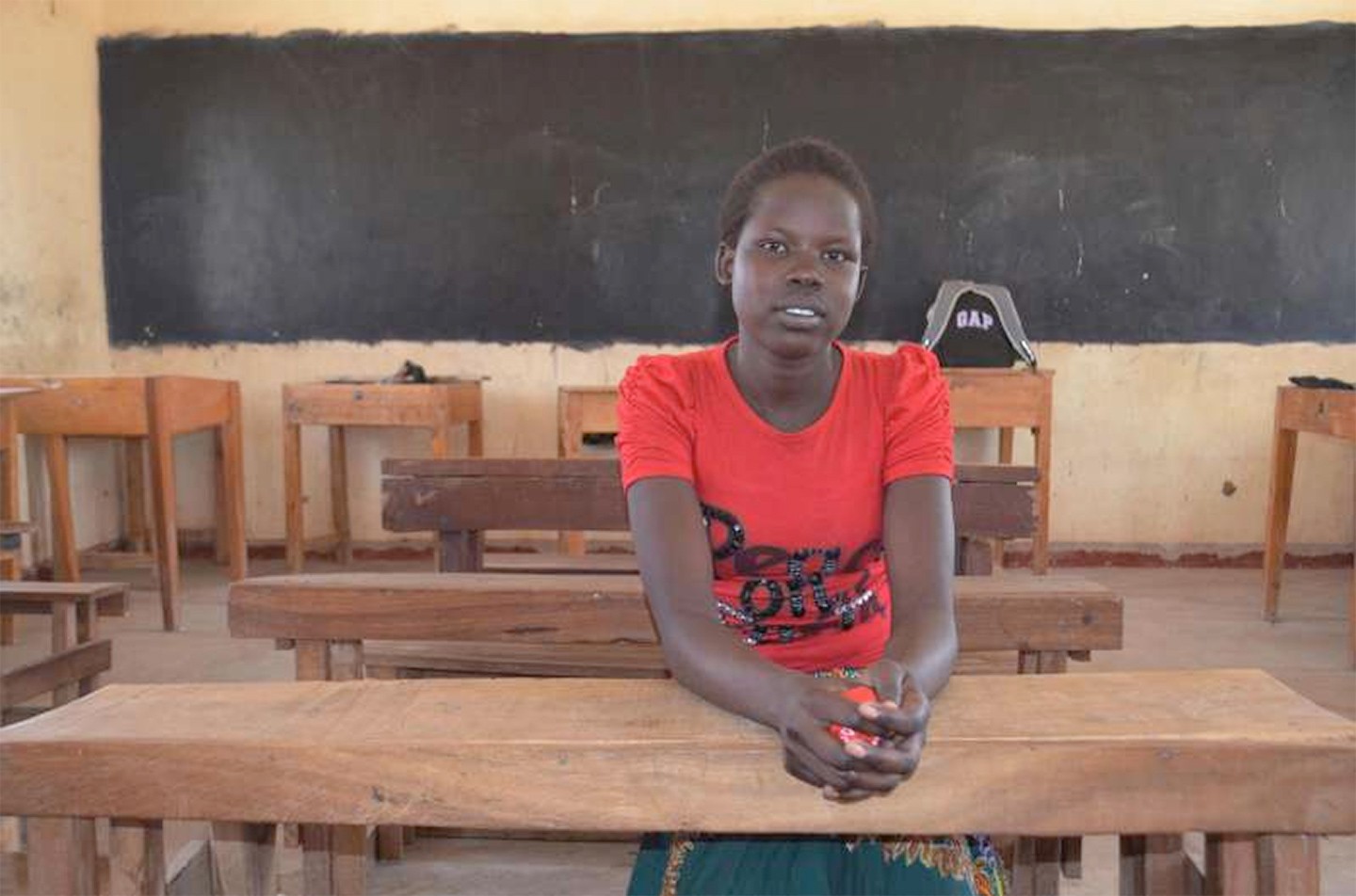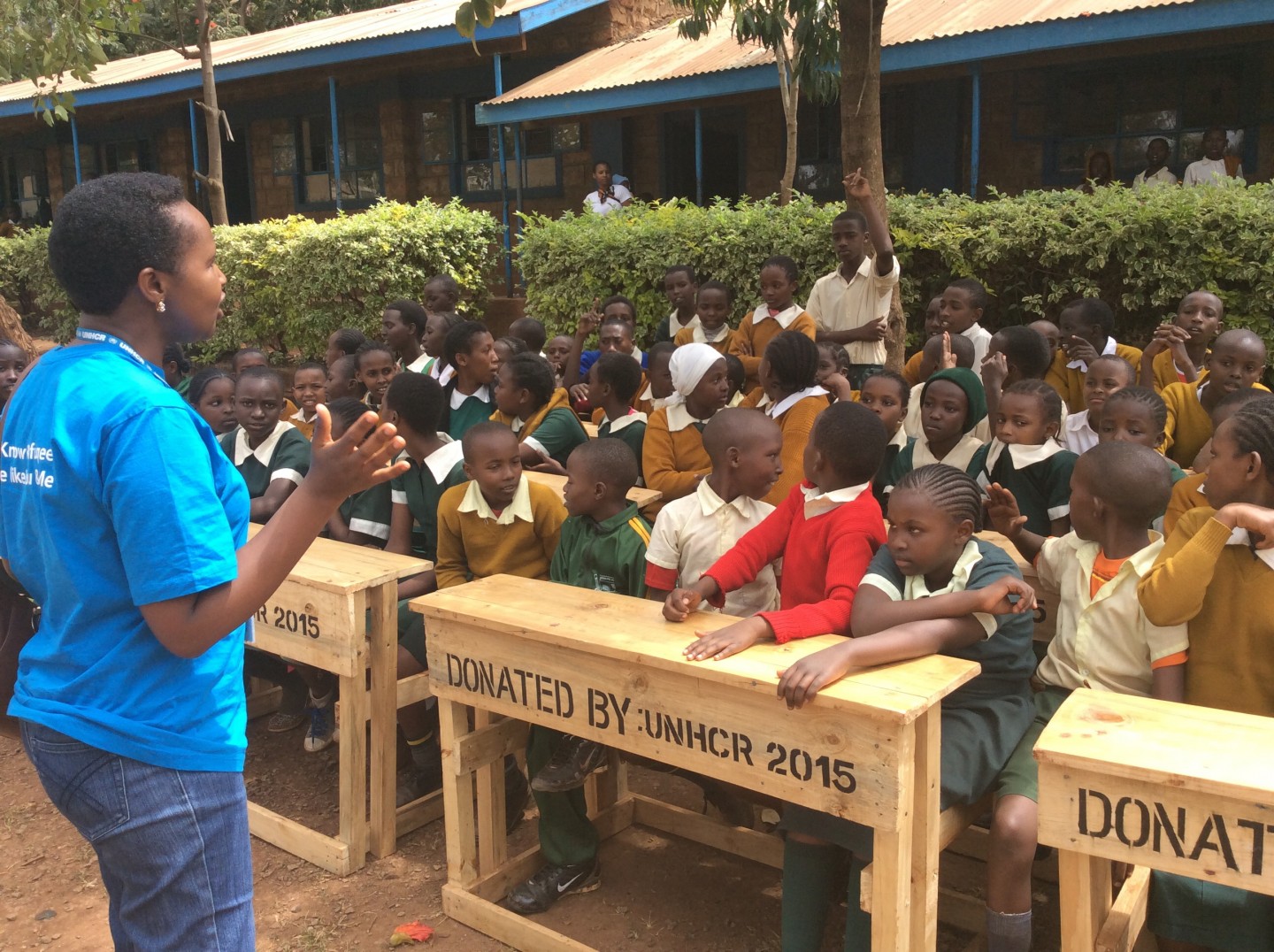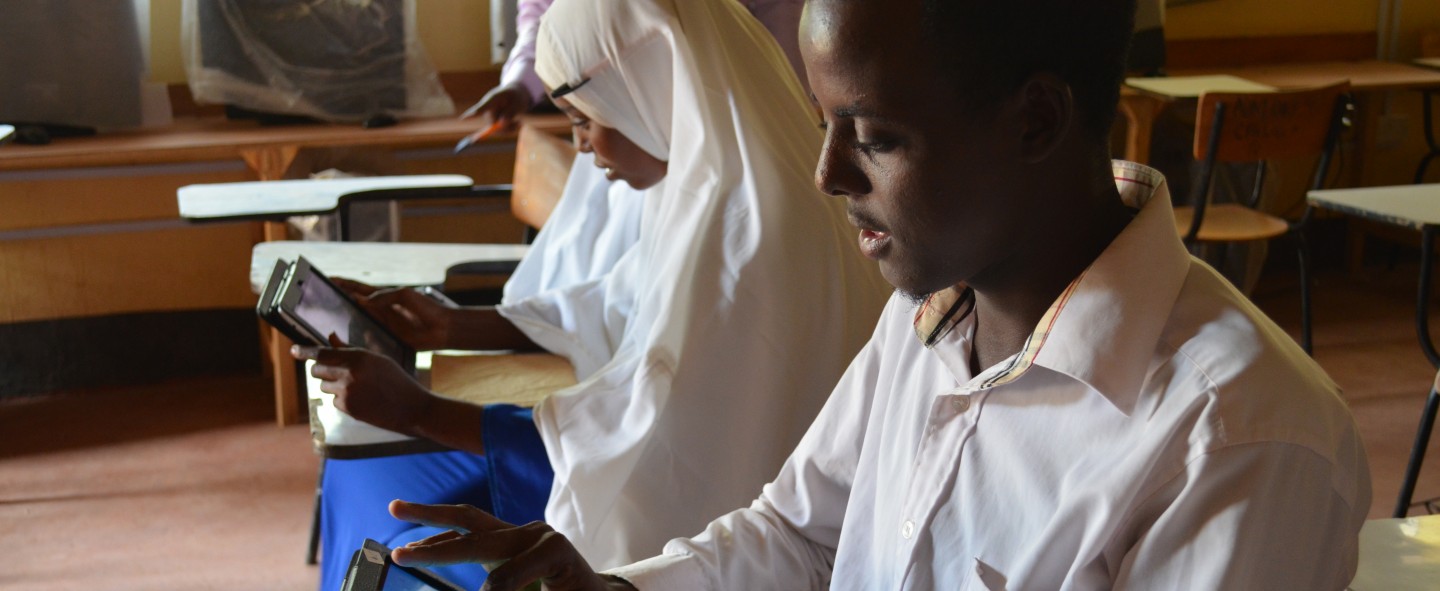Children
UNHCR takes a keen interest in children because they are at a greater risk of abuse, neglect, violence and all forms of exploitation.
More than half of the refugee/asylum seekers population in Kenya are children. UNHCR takes a keen interest in children because they are at a greater risk of abuse, neglect, violence and all forms of exploitation. There are also instances where children may have witnessed or experienced violent acts and/or been separated from their families. As a result, they have some specific protection and assistance needs.
UNHCR Kenya works to protect children of concern in partnership with children themselves, their communities, the national, local and central authorities, international organizations specifically the UN Children’s Fund (UNICEF) and non-governmental organizations. Protection of children includes, among other activities, conducting best interest assessments for vulnerable children, ensuring that unaccompanied or separated children have access to family tracing and reunification services, and engaging children through activities and education that build their skills, capacities and mitigate their exposure to protection risks.
UNHCR’s Age, Gender and Diversity (AGD) Mainstreaming Approach consist of addressing and prioritizing the needs of children, women, elderly persons and other vulnerable categories. These needs are identified through on-going dialogue and interaction with these groups as well as by way of formal participatory assessments conducted throughout the planning and implementation cycles. This approach aims at ensuring integrated and inclusive programming so that the most vulnerable refugees and asylum-seekers can fully participate in planning and implementing emergency response activities that would meet their human rights, protection needs, and ensure access to basic services as they recover and rebuild after a crisis.
Read UNHCR’s Age, Gender and Diversity (AGD) Accountability Report 2015 http://bit.ly/29fDyRX



